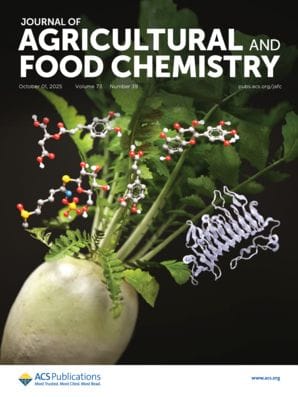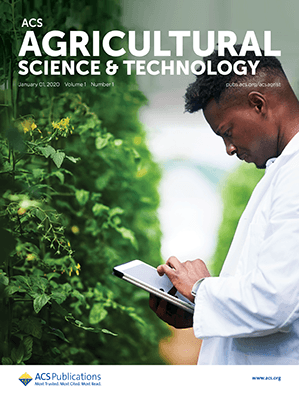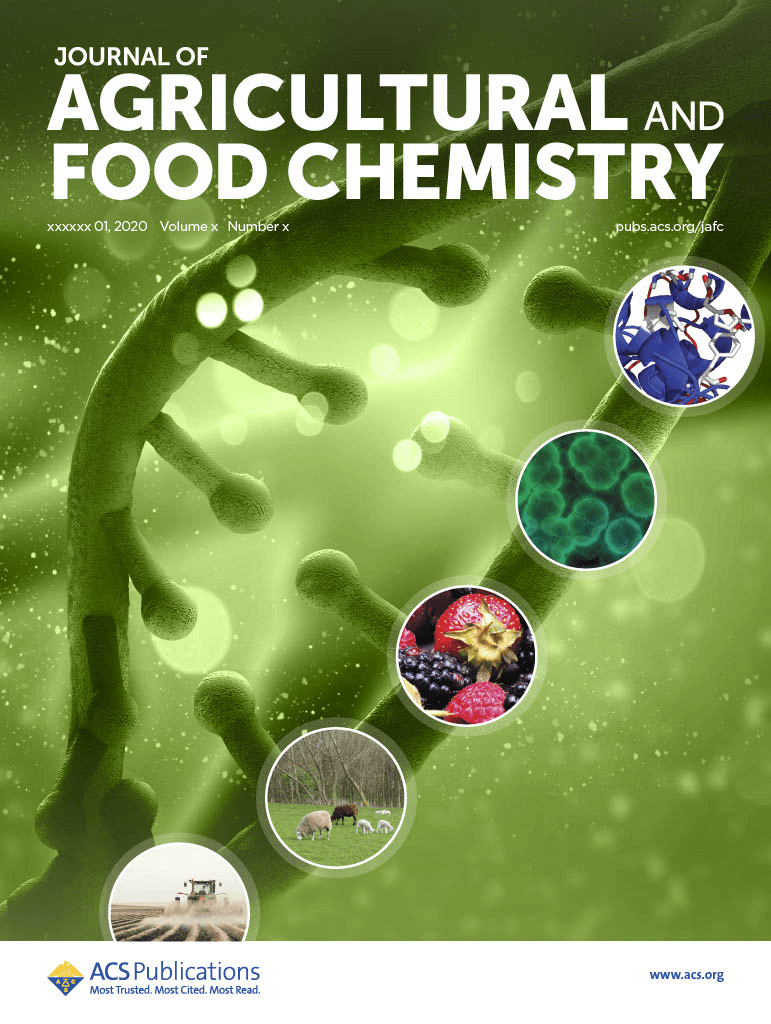This Special Issue will highlight research on the latest advances and insights into using low-accumulating crop variety to ensure food safety. Submit your manuscript by March 31, 2026.

Agricultural soil serves as the ultimate sink of toxic metals (TMs) and persistent organic pollutants (POPs) derived from diverse sources including industrial emissions, biosolid applications, wastewater irrigation, pesticide use, agricultural film application, and fertilization.
Ensuring food safety amidst soil pollution poses a significant global challenge. In recent years, the breeding and cultivation of low-accumulating crop varieties (LACVs) have emerged as an effective strategy to reduce human exposure to these pollutants. Various LACVs have been identified that can lower the concentration of TMs and POPs in edible parts of cereals and vegetables.
However, the mechanisms underlying the formation of LACVs, particularly the molecular mechanisms, remain poorly understood despite some discussion on physiological and biochemical factors. Screening germplasms for biomarkers and quantitative trait loci is crucial, as it can aid in the development of varieties that offer high yields, superior nutritional quality, good taste, and low pollutant concentrations.
When the complex environmental factors influencing pollutant accumulation in crops are considered, it is advantageous to cultivate LACVs in conjunction with agronomic measures such as irrigation, fertilization, and soil amendment to minimize accumulation of pollutants in crops. This integrated approach holds promise for enhancing food safety and protecting human health from the harmful effects of soil pollution.
This Special Issue from Journal of Agricultural and Food Chemistry and ACS Agricultural Science & Technology is seeking submissions of high-quality research articles, reviews, viewpoints and perspectives on the latest advances and insights into using low-accumulating crop varieties to ensure food safety. Studies addressing issues of per/polyfluorinated substances and heavy metals are particularly welcome.
Organizing Editors
Dr. Lei Xiang, Guest Editor
Jinan University, China
Dr. Hai-Ming Zhao, Guest Editor
Jinan University, China
Dr. Ce-Hui Mo, Guest Editor
Jinan University, China
Dr. Xin-Bin Feng, Guest Editor
Institute of Geochemistry Chinese Academy of Sciences, China
Dr. Yan-Zheng Gao, Guest Editor
Nanjing Agricultural University, China
Dr. Bo Zhang, Guest Editor
Northeast Agricultural University, China
Dr. Qing X. Li, Executive Editor, Journal of Agricultural Food and Chemistry
University of Hawaii at Manoa, United States
Submission Information
Submissions are welcome through March 31, 2026. For more information on submission requirements and manuscript types, please visit the Author Guidelines pages for each journal:
Journal of Agricultural and Food Chemistry
ACS Agricultural Science & Technology
Articles accepted for inclusion in this Special Issue will be highlighted as a significant contribution to this expanding field. If accepted, articles will go online as soon as publishable and will be included in one of the next available issues. Articles will be assembled into a Special Issue in 2026 and widely promoted.
All articles will be peer reviewed prior to acceptance to ensure they fit the scope of the Special Issue and meet the high scientific publishing standards of the journal.
How to Submit
- Log in to the ACS Publishing Center.
- Select the "Journals" tab.
- Choose Journal of Agricultural and Food Chemistry or ACS Agricultural Science & Technology.
- Click "Submit."
- Select your manuscript type, and, under "Special Issue Selection," choose “Use of Low-Accumulating Crop Varieties to Ensure Food Safety."
If you have any general questions regarding submission to this Special Issue, please contact managing.editor@jafc.acs.org.

Stay Connected with Journal of Agricultural and Food Chemistry

